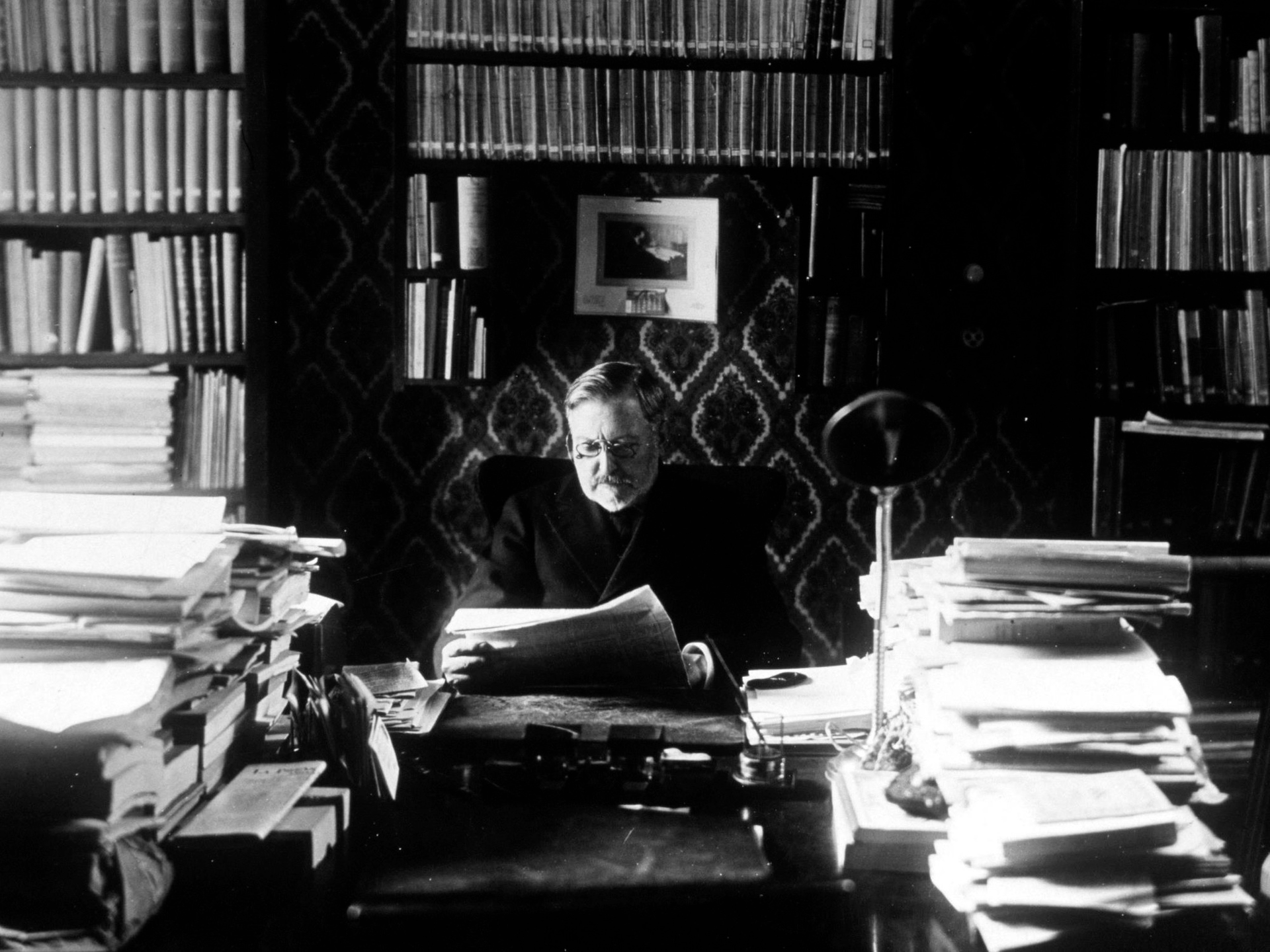The legacy of La Vanguardia: a journey through the ideals and struggles of socialist journalism

In a context where technological advancement, spearheaded by artificial intelligence, threatens to eliminate journalism every day, the publication of a book exploring the origins of a 19th-century paper newspaper might seem like a romantic gesture. However, *A Newspaper for the People *, by Juan Buonuome, PhD in History, researcher, and professor, is also a necessary introspection on the past that continues to resonate in the present.
 Juan Buonuome, PhD in History, researcher and teacher.
Juan Buonuome, PhD in History, researcher and teacher.Published by Siglo XXI, this is a revised version of his doctoral thesis from the University of San Andrés. The subtitle, "Left-wing Journalism in Argentine History," is not entirely accurate: it actually focuses on the history of the newspaper La Vanguardia from its founding in 1894 by Juan B. Justo, Esteban Jiménez, Augusto Kühn, Isidro Salomó, and Juan Fernández until the rise of Peronism, a movement that threatened the newspaper's interests and very existence.
Through rigorous source analysis, historical reconstruction, and meticulous narration, along with photographs illustrating certain passages, this publication, which became the voice of socialism , serves as a prism for exploring the transformations of journalism and Argentine society between the late 19th and mid-20th centuries. As the author writes in the opening pages, “La Vanguardia aspired to compete with the 'bourgeois press' on its own turf for the representation of a broad and diffuse reading 'people'.”
The book reconstructs the beginnings of the publication, conceived as a powerful militant organ, at a time when journalism was just beginning to take its first steps toward professionalization. During those years, socialism was gaining increasing ground among the working classes. Justo and his colleagues aimed to spread socialist consciousness through their content and were already beginning to challenge the so-called "bourgeois press," represented by the newspaper La Prensa . They also engaged in fierce debate with the modern Crítica , edited by Natalio Botana , which they viewed with suspicion because its innovative approach to presenting the news would appeal to the masses.
In times when journalism is not only hyper-professionalized but also under a regime of job insecurity and unprecedented multitasking demands, where it is a constant target of scorn from national authorities or the president himself, it is interesting to read the conceptions that existed at the dawn of this profession, where press workers were respected as cultured individuals, with a certain bohemian air that went from the newsrooms to the bars: “Writing in a newspaper in the city of Buenos Aires was beginning to be valued more and more as an occupation that allowed a certain social and cultural positioning to those who, even without having a specific political or family capital, had acquired the necessary skills to work in a newspaper.
From doctrinal to dynamic, from militancy to professionalization, Buonuome rigorously reconstructs the vicissitudes that transformed La Vanguardia into a thriving political and cultural force until the mid-20th century. Peronism, which closed its printing presses in 1947, marked the beginning of its end, or at least the end of an era, since it survives today as a digital publication. Justicialism ultimately prevailed as a more attractive option for the majority of the Argentine working class. While the topic of left-wing journalism is far from exhaustive, this book offers an interesting way to explore the initial upheavals between media and politics, which, from a more pessimistic perspective, can also be interpreted as a requiem for print journalism.
Receive all the news, coverage, stories and analysis from our specialized journalists directly to your email.
I WANT TO RECEIVE IT
Clarin





